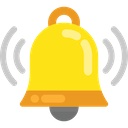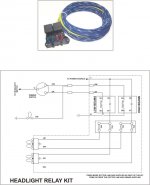Webb Sledge
Jedi Warrior
Offline
Up to this point, I've been pretty luck with my car (read: no electrical problems). About 8 months ago I bought Silverstars to replace my old lights when one of them burned out. But about 4 months ago, the left Silverstar started to go dim, and now it's almost completly out, burning very dimly. I thought that Silverstars just went out quickly so I bought some new beams from VB, with replacable bulb, only its the same case. The right bulb is fine, and the left is lit, but very dimly.
Anyone know what I should go searching for? I have a OHM/Voltmeter gauge, so I can go probing around with that.
Anyone know what I should go searching for? I have a OHM/Voltmeter gauge, so I can go probing around with that.

 Hi Guest!
Hi Guest!

 smilie in place of the real @
smilie in place of the real @
 Pretty Please - add it to our Events forum(s) and add to the calendar! >>
Pretty Please - add it to our Events forum(s) and add to the calendar! >> 

